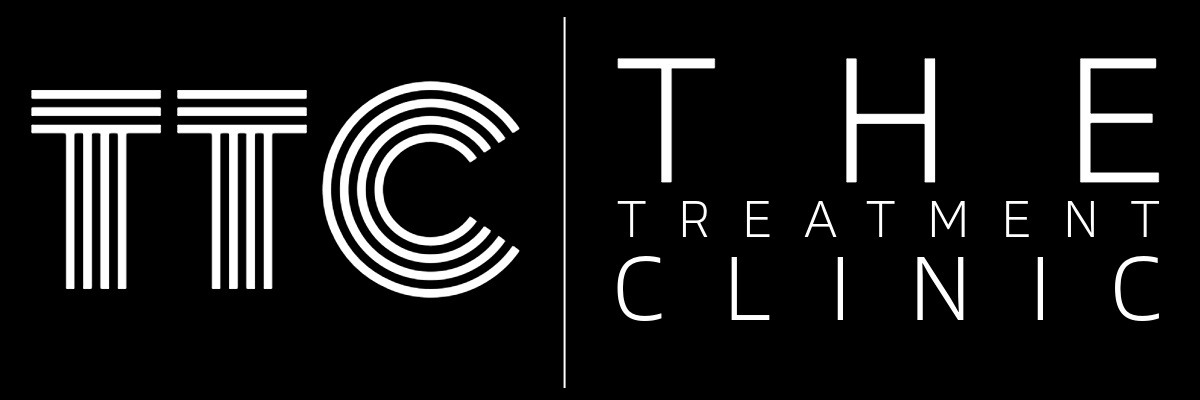Red light therapy: Everything you could possibly want to know
Red light therapy (RLT) might sound like something straight out of a sci-fi novel, but it's actually a well-researched treatment gaining traction in both medical and beauty circles. Whether you’re a skincare aficionado or just curious about new health and wellness trends, red light therapy offers some fascinating benefits that are worth exploring.
What is Red Light Therapy?
Red light therapy involves exposing the skin to a specific wavelength of red light, typically between 630-680 nanometers. This isn't the same type of light emitted by your smartphone or overhead bulb. Instead, RLT devices produce a low-level red light that’s believed to trigger a biochemical effect in cells that strengthens mitochondria—the powerhouse of the cell.
The Science Behind It
The theory is that the primary function of mitochondria is to produce energy. By increasing their function with red light, cells can regenerate faster, repair themselves, and rejuvenate. RLT is said to increase circulation, improve skin health, reduce inflammation, and even promote healing.
Skincare Benefits
For those of us keen on skincare, red light therapy is like a secret weapon against aging. It's been shown to help with a variety of skin issues, from reducing fine lines and wrinkles to easing inflammation associated with acne or rosacea. It doesn’t just work on the surface either; it goes deeper, boosting collagen production for plumper, more youthful skin.
Pain Relief and Other Medical Benefits
But the potential benefits of RLT go beyond skin deep. It’s been used to treat pain, including muscle aches, joint pain from conditions like arthritis, and even neuropathic pain. Some studies suggest it can speed up the healing process of wounds and burns, making it a useful tool in medical treatments.
How Does It Work?
Using RLT is surprisingly simple. Depending on the device, it can be as easy as sitting in front of a light panel for a few minutes a day. No needles, no surgery, just light. Many spas, dermatologists, and even some gyms now offer RLT sessions. For those who prefer the comfort of their own home, there are also numerous at-home devices on the market.
Is It Safe?
One of the big draws of red light therapy is its safety profile. The treatment doesn’t use ultraviolet (UV) light, so there’s no risk of skin damage. That said, it’s always a good idea to discuss new treatments with your healthcare provider before starting, especially if you have existing health concerns or are pregnant.
What to Expect
Don't expect overnight miracles. While some benefits, like inflammation reduction, can be noticed fairly quickly, others, like the effects on wrinkles and fine lines, might take a few weeks to become apparent. Consistency is key when it comes to RLT.
The Bottom Line
Whether you’re looking to revamp your skincare routine, manage pain, or just try something new, red light therapy offers a fascinating blend of science and wellness. It’s a testament to how far we’ve come in understanding the body's response to light, and how we can harness this knowledge for better health and better skin. Contact The Treatment Clinic today for more information or to schedule a consultation.

